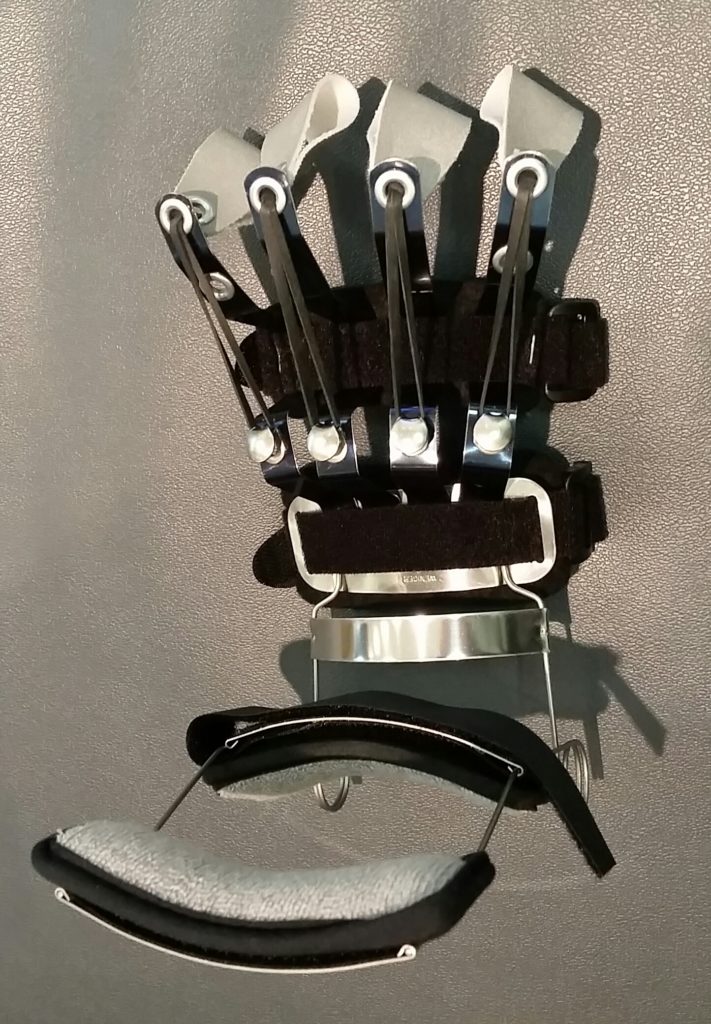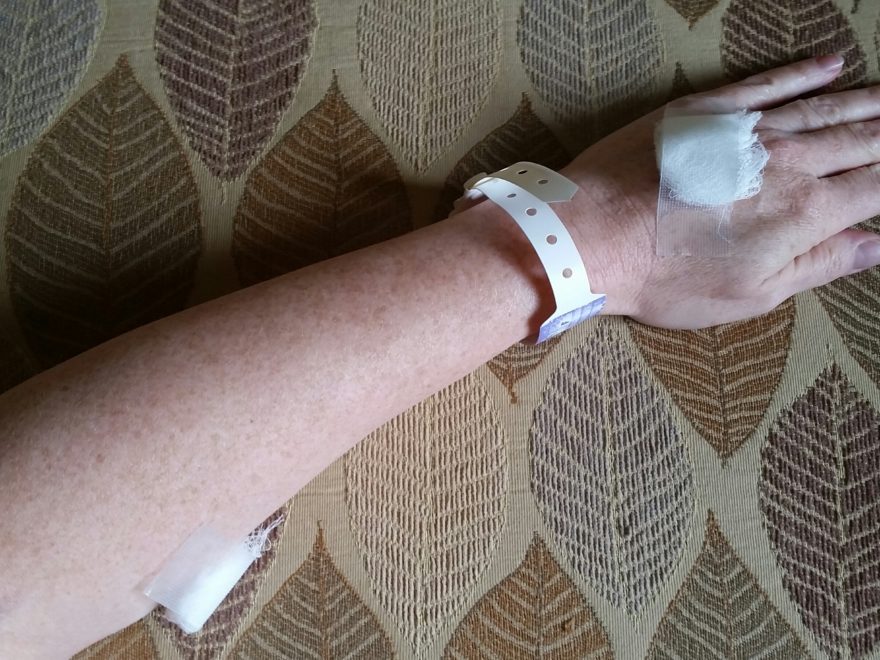Today’s post is an example of how I try to raise awareness of CRPS, among physicians and others working in healthcare. Before I do that, it’s probably important to mention that my field is biomedical ethics; also called bioethics.
As part of my training and jobs, I’ve worked in a hospital’s research centre and also within the Public Health Department of a university’s Faculty of Medicine.
Then, for close to ten years, I managed a research ethics board (REB) and dealt with specialist physicians on a daily basis. The role of an REB is to ensure that research involving people is scientifically valid, conducted ethically, and protects the rights of research participants.
A good portion of my career has involved working with doctors. I’m also, as anyone who knows me will confirm, not shy. I start conversations with strangers, chat with folks while waiting in line… Being talkative, and often curious or inquisitive, is simply part of who I am. I put that aspect of my personality to good work, for CRPS ‘-)
Many of the great folks involved in patient advocacy, for both chronic pain and rare diseases, have already focused on large-scale initiatives. The most common examples are probably patient support activities.
You’ve probably seen some of these yourself; disease information and resources provided through brochures, videos, conferences, meetings, and social media campaigns. Then there are patient groups’ websites, which host a lot of information all in one place.
So I focus my patient advocacy on the smaller scale; one-on-one or small group interactions. I enjoy making those individual connections with people. Today I’m going to give you two examples of how I use that one-on-one approach to raise awareness of CRPS.
This morning I had an appointment with a new dermatologist. The one who has been treating me for years is now spending more time in surgery at a hospital, to treat skin cancers. This means that he has less time to see his other patients, so I agreed to have my care transferred to another dermatologist within the same clinic.
This is where raising awareness of CRPS comes in! My right hand and lower arm are affected by this disease, so I often wear a dynamic splint. The aim of this is to hopefully prevent some of the long-term damage that CRPS can cause. Whenever I won’t be using my hand for a while, I wear this splint.

I’m supposed to wear it for two to four hours a day, but not when I’m sleeping, driving, or even trying to do most activities around the house. This means that waiting areas in clinics and hospitals are great places to wear it, because I don’t need to use my right hand for anything.
When my new dermatologist came to get me in the waiting area, he asked about my splint; it’s a rather odd-looking contraption, very hard to miss. And that was my opening. He was already interested, as a physician, in why I was wearing this dynamic splint on my hand and arm.
When I asked whether he’d ever heard of CRPS – or the old name for this disease, RSD for Reflex Sympathetic Dystrophy – he replied that he knew only a bit about it, because it’s outside of his area of specialization. That CRPS wasn’t a disease that dermatologists would/should know about.
I had prepared for this appointment, by loading an article about CRPS onto my phone – from a respected medical journal. I knew that I’d be meeting with a dermatologist, so I specifically chose an article written for this specialty: “Dermatological Findings in Early Detection of Complex Regional Pain Syndrome”(1), in the journal JAMA Dermatology. JAMA stands for the Journal of the American Medical Association.
That article pretty much starts off with:
It is important for dermatologists to understand and recognize CRPS as a neurological disorder with major dermatologic implications.
The ability of dermatologists to identify and direct patients with this syndrome is a critical factor in determining the likelihood of favorable outcomes following diagnosis of CRPS.”(1)
When I showed him this article on my phone, as a screenshot, I could tell that he was surprised. And suddenly very interested in this disease. With any luck, he’ll read the article, and then know how to recognize CRPS if he sees the signs in one of his patients ‘-)
Making more healthcare professionals aware of CRPS will hopefully result in patients being diagnosed more rapidly than I was. A quick diagnosis is important in this condition, because it greatly improves the chances of the patient not ending up with life-changing and long-term symptoms:
The prognosis of CRPS is quite good if treatment is started early… without adequate therapy, CRPS can spread to other limbs and worsen in terms of symptoms and chance of recovery.”(1)
This is how I raise awareness on a one-on-one or small group basis, among physicians and other healthcare professionals. Through my training as an officer-instructor in the Air Force reserve – years ago! – I learned quite a bit about adult learning.
Most important, to me, is that people learn best when they’re interested in a topic. Can you recall ever sitting through a class in which you had absolutely no interest? How the time seemed to just drag on? But if you’re doing something that really interests you, time seems to pass so much more quickly? It’s the same principle at work.
Before I try to share any information about CRPS with a healthcare professional, I try to figure out how to interest them in this medical condition. I was lucky this time, because that JAMA Dermatology article is just perfect for this!
Maybe this doctor will share the article with his colleagues, maybe even mention it to a group of dermatologists at a medical conference. As a funny “You won’t believe what my patient brought to an appointment” story. And that would be just fine with me, if it makes more of the folks working in healthcare aware of CRPS!
Thanks for reading, as always 😉 Hope your day is a happy one!
Reference:
(1) Kabani R, Brassard A. Dermatological Findings in Early Detection of Complex Regional Pain Syndrome. JAMA Dermatol. 2014;150(6):640–642. doi:10.1001/jamadermatol.2013.7459. Online. Accessed 28 Sep 2018. Web:
https://jamanetwork.com/journals/jamadermatology/fullarticle/1861486

